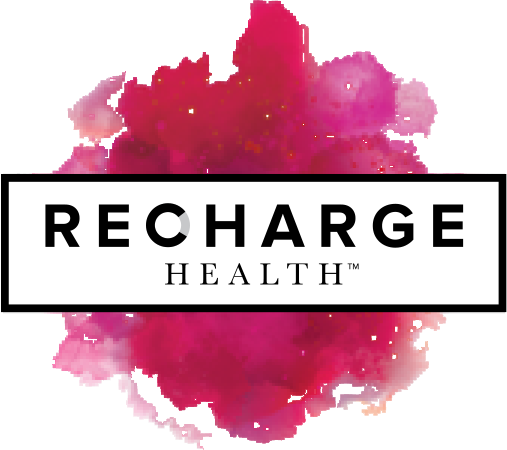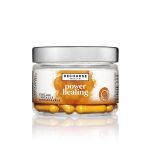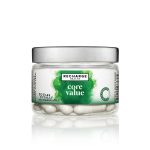Upgrade your nap
Other than knowing how long should I nap, it comes to napping accessories, a comfy pillow and an eye mask should be the first improvements to your napping environment—both can have a big impact on improving your overall comfort.
And as with easing you into nighttime sleep, essential oils can further your progress when you are training yourself to nap each day. Applying a couple of drops of a relaxing essential oil to the inside of your wrists or using an essential oil room spray can relax you enough to fall asleep for short time, even in the middle of the day.
Essential oil–diffusing jewelry is a fantastic choice for nappers too because you can wear it as a reminder throughout the day. Place a couple of drops on a diffuser pad, tuck it into the slot in the piece, and hold it near your nose—just be sure to remove the pad when you wake up!
Much like for sleeping at night, certain essential oils are better for napping than others:
- Lavender
- Bergamot
- Ylang-ylang
- Vetiver
- Sandalwood
- Clary sage
- Chamomile
- Orange
- Rosemary
But you don’t need to stick with only one oil. You can mix essential oils together to find your signature sleeping cocktail or buy blended oils that are designed to destress.
UPGRADE YOUR NAP
Other than knowing how long should I nap, it comes to napping accessories, a comfy pillow and an eye mask should be the first improvements to your napping environment—both can have a big impact on improving your overall comfort.
And as with easing you into nighttime sleep, essential oils can further your progress when you are training yourself to nap each day. Applying a couple of drops of a relaxing essential oil to the inside of your wrists or using an essential oil room spray can relax you enough to fall asleep for short time, even in the middle of the day.
Essential oil–diffusing jewelry is a fantastic choice for nappers too because you can wear it as a reminder throughout the day. Place a couple of drops on a diffuser pad, tuck it into the slot in the piece, and hold it near your nose—just be sure to remove the pad when you wake up!
Much like for sleeping at night, certain essential oils are better for napping than others:
- Lavender
- Bergamot
- Ylang-ylang
- Vetiver
- Sandalwood
- Clary sage
- Chamomile
- Orange
- Rosemary
But you don’t need to stick with only one oil. You can mix essential oils together to find your signature sleeping cocktail or buy blended oils that are designed to destress.


